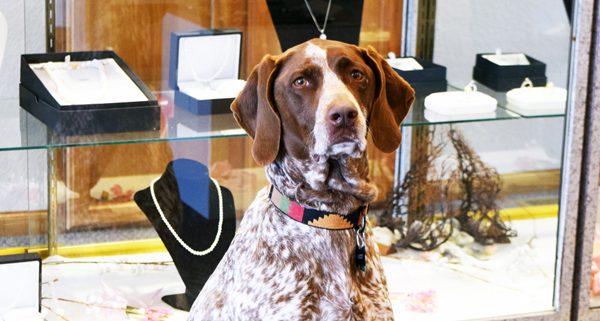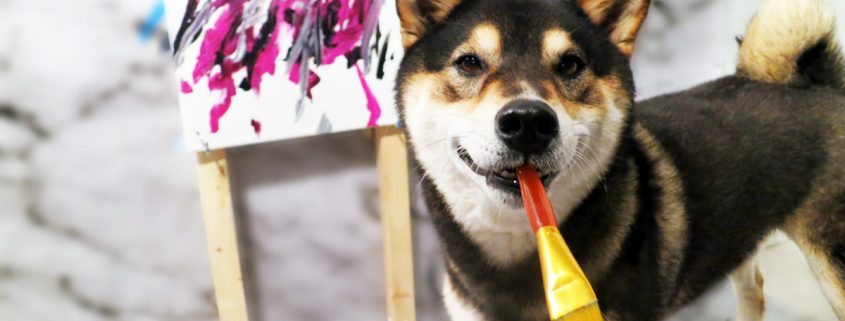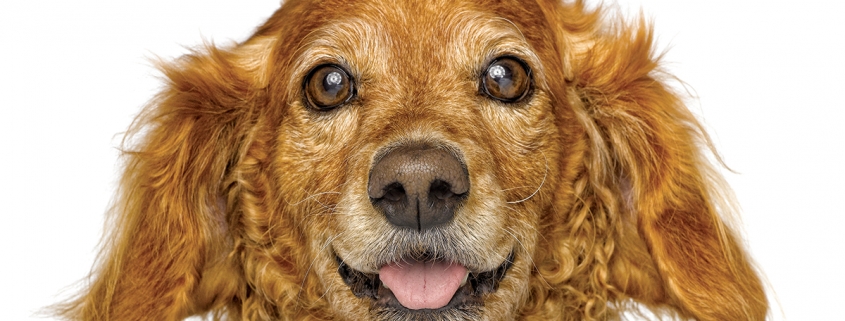By CHERESE COBB
If you’ve ever seen “Turner and Hooch,” you’ve seen a French Mastiff. The breed may look like a menacing mass of wrinkles with monstrous jaws and drooling jowls, but there’s far more to them than meets the eye. In fact, owners describe these dogs as massive sweethearts. That doesn’t mean they’re pushovers, though. Because they’re velcro dogs, they’ll do their best to protect their owners from danger. Even so, the hallmark of this breed is their calm and dependable natures.
History
Nobody knows the exact origin of the French Mastiff, also known as the Dogue de Bordeaux. One theory suggests that it’s a descendant of the Tibetan Mastiff, whose origin can be traced back more than 5,000 years, from Tibet to Mesopotamia and then from Ancient Greece to Gaule. Another theory states that the French Mastiff is a direct descendant of Assyrian war dogs who were owned by the King of Babylon. Some scholars say that the breed came from the extinct “Alano Dog”, who was brought to Europe by the Alans, an Oriental tribe.
By the 14th century, the French Mastiff was used to bait bulls and hunt boars, bears, and jaguars. It hauled heavy loads, herded cattle, and pulled soldiers from the battlefield, particularly in Bordeaux and Aquitaine. The French Mastiff also survived two brushes with extinction. Prized by French aristocrats, they enjoyed a pampered lifestyle, but during the French Revolution, when the nobles fell out of favor, they did too. During WWII, the breed was also nearly wiped out by Hitler who was enraged by their loyalty and devotion to their masters.
The Most Lovable Dog Breed
On November 26, 2016, Johnny Holt and his husband adopted their French Mastiff from La Belle Bordeaux in Jacksonville, Florida. “The breeders were actually friends of ours, and Maggie is from their first litter,” Holt says. The couple adored Maggie’s mother and father before they even knew they were going to have puppies. “From about two weeks old, Maggie kept crawling up into my lap every time we went over to their house,” he says. “We actually weren’t planning on getting one because we already have three Bulldogs, but I fell in love with Maggie and had no choice.”
Turning two on September 8, 2018, Maggie is like a 127-pound Yorkie. She’s his most gentle dog and thinks that she’s a lapdog. “The Dogue de Bordeaux’s face frightens people. Its wrinkles are living—that is, when the dog is attentive, there are more wrinkles, and when it’s not attentive, they are fewer and not so deep,” says Raymond Triquet who is considered to be the father and the reviver of the breed. “But its heart is golden and very, very tender. It loves its master, and it loves its mistress more. Many males are in love with their mistresses to the point of repelling her husband.”
While the French Mastiff sheds so much that you might need two Dysons, its goofball antics will keep you entertained. “When I gave her a bath a couple of weeks ago, she decided she was done and jumped out. She was running around the house soaking wet and covered with soap,” Holt laughs. The breed doesn’t always appreciate sharing their homes with other pets (especially other dogs of the opposite sex), so introductions to pets and children should take place while they’re still young and more manageable. “They’re kind of specific to one person,” he says. “She’s definitely my baby. She won’t leave my side.
Health Issues
French Mastiffs are moderately healthy, though they’ve been known to suffer from bloat, epilepsy, hip dysplasia, eye infections and heart murmurs. They’re also prone to skin fold dermatitis. It causes red inflamed skin, crusty sores, hair loss and a bad odor. “A soft, damp cloth or natural baby wipe should do the trick, followed up with a dry towel,” says Karen Shaw Becker, an integrative wellness veterinarian. French Mastiffs have excessively broad heads. They can’t tolerate heat or excessive exercise. “During the summer, Maggie is heavily panting within a minute,” Holt says. “In the winter, she gets excited when it snows, and she stands at the door and cries until we let her out to play. After about fifteen minutes in the yard, she’s completely wiped.”
Should You Adopt a French Mastiff?
Big dogs with even bigger hearts, French Mastiffs are the shortest living dog breed in existence with a life expectancy of five to eight years. What they lack in longevity, however, they make up for it by being extremely loyal, patient and devoted to their families. However, they’re not for everyone. You’ll have to get used to grunting, gas, snoring and slobber. Saliva will end up caked to your cabinets, dried on your ceiling, stuck to your staircase and even flung ten feet up your walls. So, you’ll definitely want to carry a “drool rag” and duck for cover whenever your dog shakes its head.
The French Mastiff has dual personalities and isn’t to be taken lightly. While it’s a gentle giant with a clownish streak, it’s also a canine of sheer aggression and power if provoked. It needs a firm and experienced handler, or it’ll take over as the pack leader. Considering its size, it’s pretty lazy, so training sessions should be kept short and should be combined with play, exercise and companionship in order to keep its attention and to create bonds of respect and affection. If you adopt a French Mastiff, be prepared to lose your couch, your bed and your heart.











